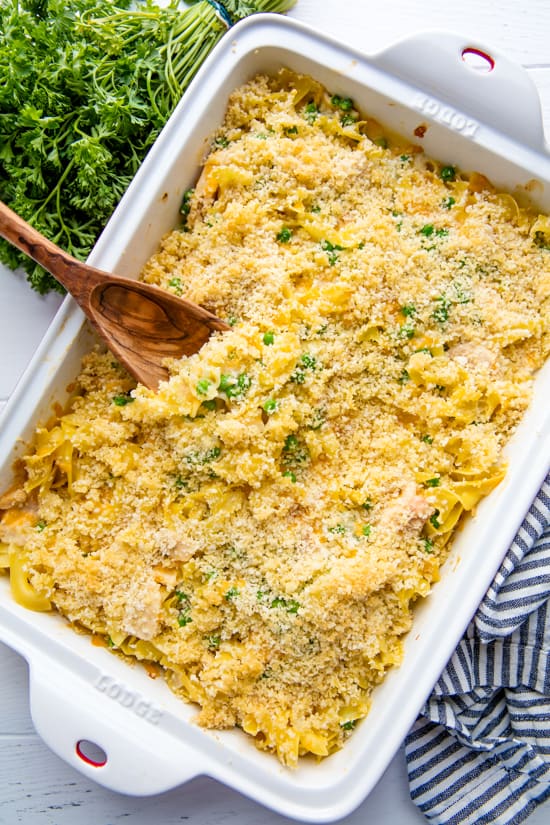
Dive into the delicious world of tuna casserole! Easy to make and delightfully tasty, it’s the perfect dish for any occasion.
Tuna casserole is a harmonious blend of creamy textures, savory flavors, and tender chunks of tuna, intertwined with perfectly cooked pasta. Its top layer boasts a golden crust, delivering a satisfying crunch, which complements its soft interior. Every forkful is a testament to the beauty of combining simple ingredients in the right way. Whether you’re new to this dish or have enjoyed it countless times, tuna casserole promises an experience that’s both comforting and indulgent.
Frequently Asked Questions
Solid white albacore tuna is meatier and has a firmer texture compared to other types, making it ideal for casseroles.
Absolutely. If using fresh tuna, make sure to cook it first before adding to the casserole.
You can use other pasta types like penne, fusilli, or rigatoni, but the texture and cooking time may vary.
Canned Tuna Options
There are many different types of canned tuna available, and each type has its own unique flavor and texture. Some of the most common types of canned tuna you can generally find on grocery store shelves are:
- Solid white tuna: Solid white tuna is made from the largest and most mature skipjack tuna. It has a firm and flaky texture, and a mild and slightly sweet flavor. It is a versatile type of canned tuna that can be used in salads, sandwiches, and other dishes.
- Solid light tuna: Solid light tuna is made from smaller and younger skipjack tuna. It has a lighter and more delicate flavor and texture than solid white tuna. It is a good choice for dishes that require a more subtle tuna flavor, such as tuna salad or tuna melt.
- Chunk light tuna: Chunk light tuna is made from smaller and younger skipjack tuna that is packed in oil or water. It has a chunkier and more varied texture than solid light tuna, and a slightly stronger flavor. It is a good choice for dishes that require larger pieces of tuna, such as tuna casserole or tuna salad.
- Albacore tuna: Albacore tuna is made from a different species of tuna than skipjack tuna. It is larger and more flavorful than skipjack tuna, and has a firmer and meatier texture. It is a good choice for dishes that require a stronger tuna flavor, such as tuna salad or tuna patties.
The type of canned tuna that you choose will depend on your personal preferences and your budget. Don’t be afraid to experiment and find which one you like best.
Substitutions
- Butter: A plant-based butter substitute is a great alternative.
- Panko Bread Crumbs: Regular or gluten-free breadcrumbs, or crushed croutons can be used.
- Cheddar Cheese: You can switch it up with mozzarella or Monterey Jack for a different flavor profile.
Toppings
Some popular topping options for tuna casserole include breadcrumbs, crushed potato chips, cornflakes, canned fried onions, cheese, and herbs.
- Breadcrumbs, either plain or seasoned, can be sprinkled on top of the casserole before baking to add a crispy and crunchy texture. Panko breadcrumbs are a great option for those who enjoy extra crunch.
- Cheese, such as cheddar, mozzarella, or parmesan, can be shredded and added on top of the casserole before baking to add richness and flavor.
- Fresh herbs, such as parsley, dill, or chives, can be chopped and added on top of the casserole before serving to add a pop of color and flavor.
Troubleshooting
- Casserole is too dry: Add a touch more liquid, like milk or broth, before baking. Ensure that your tuna is well-drained, as excess moisture from the tuna can evaporate during baking, causing the dish to dry out.
- Casserole is too runny: This can result from undercooked flour in the roux or an excess of liquid. Next time, ensure you cook the flour properly, allowing it to absorb the fat before adding the liquid. If your casserole is already prepared, you can bake it a little longer uncovered to let some of the excess moisture evaporate.
- The pasta is over-cooked and mushy: When pre-cooking the pasta, always cook it until it’s just al dente, as it will continue to cook in the oven. Checking the pasta package for the recommended cooking time is a good guideline.
- The cheese isn’t melting properly: Some cheeses don’t melt as smoothly as others. Using cheeses known for their meltability, like cheddar or mozzarella, can help. Ensure the cheese is freshly grated, as pre-packaged shredded cheese often contains anti-caking agents that can affect melting.
Did You Know?
Tuna casserole traces its roots back to the United States in the early 20th century. It quickly gained popularity as an economical and filling meal during challenging times. With the introduction of canned tuna and condensed soup, this dish became a household staple, beloved for its convenience and heartwarming taste.
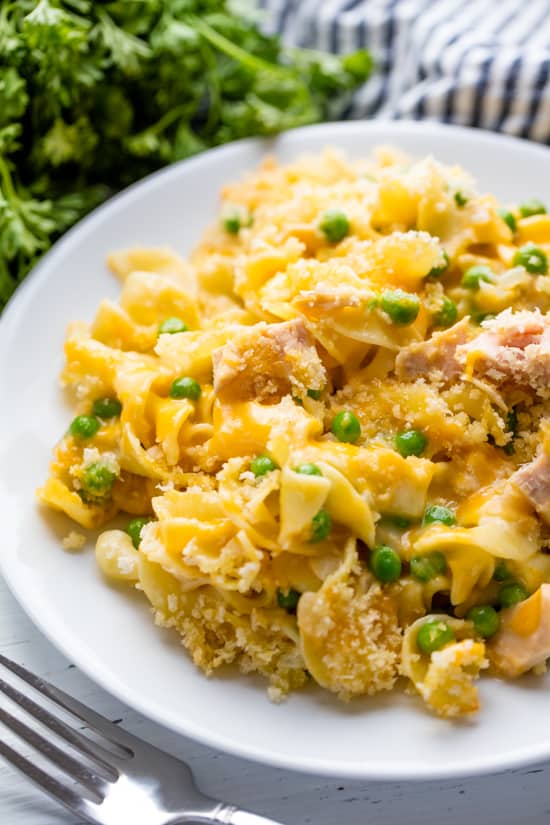
Storage, Freezing & Reheating Instructions
Store leftovers in an airtight container in the fridge for up to 3 days. To reheat, place in an oven preheated to 350°F, or microwave in 30-second increments, until warmed through. If freezing, cool completely before storing in a freezer-safe container for up to 2 months. Thaw in the fridge overnight and reheat as above.
More Favorite Casseroles
Watch the video below where Rachel will walk you through every step of this recipe. Sometimes it helps to have a visual, and we’ve always got you covered with our cooking show. You can find the complete collection of recipes on YouTube, Facebook Watch, or our Facebook Page, or right here on our website with their corresponding recipes.

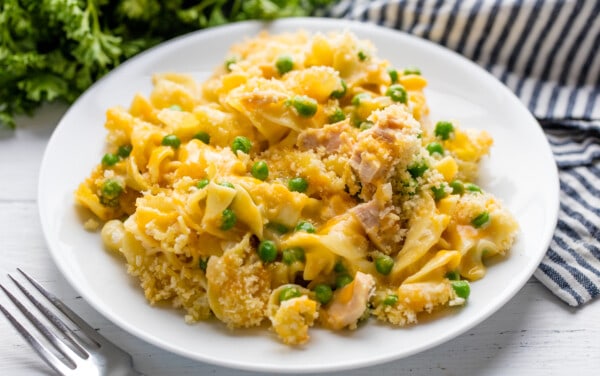
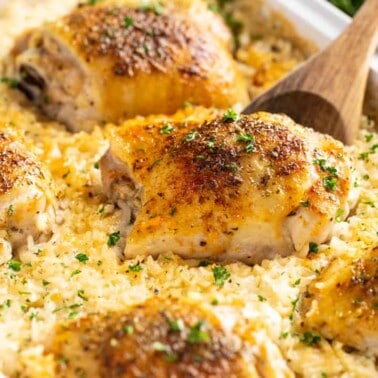
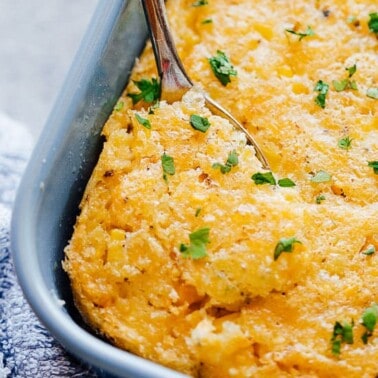
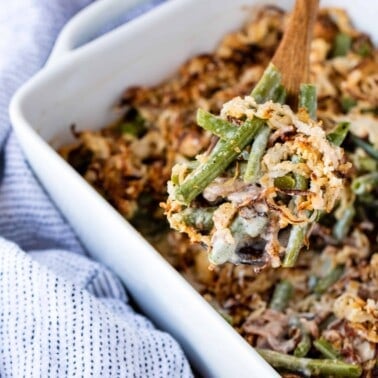
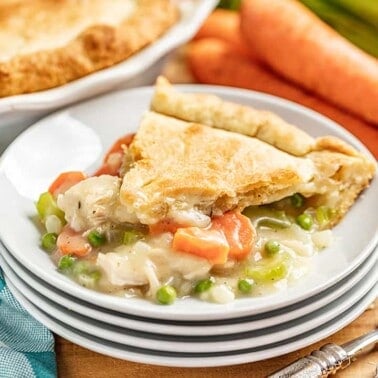

This really is THE BEST tuna casserole! The breadcrumb/cheese crust just puts it over the top! I’m so glad I found this recipe. No more cream of yuck soups for my casseroles!